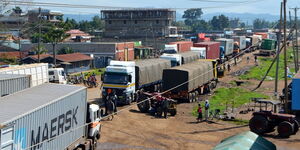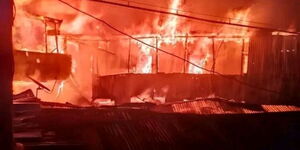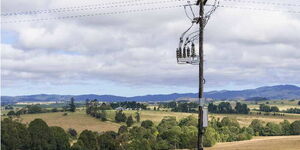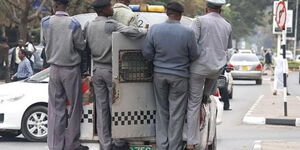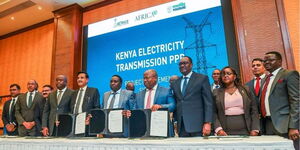A prolonged water shortage in some of Nairobi's posh estates remains a mystery not only to the residents, but also to the county government.
On May 7, residents of some estates including Lavington, Kileleshwa and Kilimani, received text messages from the Nairobi City Water and Sewerage Company alerting them of a water shortage.
Since then, their taps have been dry for four months, despite the message having indicated that the interruption in the water supply would be very brief.
"This is now our fourth month without water. Seeing even a drop trickling from the tap is next to a miracle," complained Diana Nanjala, a resident of Lavington.
Tenants have now been forced to purchase water from water bowsers who have turned the crises into a cash cow.
The residents say that they spend in upwards of Ksh10,000 per month buying water from the vendors, with every 5,000 litres retailing for Ksh5,000. This is almost three times compared to the Ksh1500 monthly water bill they used to pay.
In addition, they expressed concern over the safety of the water from the vendors, with one resident saying that her family fell sick after consuming the same.
Tenants now suspect that the shortage is artificially engineered by some employees of the Nairobi Water and Sewerage Company (NAWASCO) who collude with the vendors.
Nairobi Water Managing Director, Nahashon Muguna, admits receiving complaints from the tenants but denied claims of involvement of the water supplier.
These sentiments were echoed by a resident of Lang'ata who claimed that caretakers and officials from Nairobi Water collude to vandalise and tamper with pipes.
"If you have a case of someone buying water from our system and selling, or any staff member sabotaging the process, please inform us, and we will take action," stated the NAWASCO boss.
Nairobi depends on water supplied by Ndakaini, Sasumua and Ruiru 1 Dams which supply 480 million, 59 million and 26.8 million litres of water daily respectively.
Muguna explains that this cannot meet the demand of water that stands at 850,000 cubic metres yearly, meaning that only 62 per cent of the water supply is met, thus leading to regular rationing.

